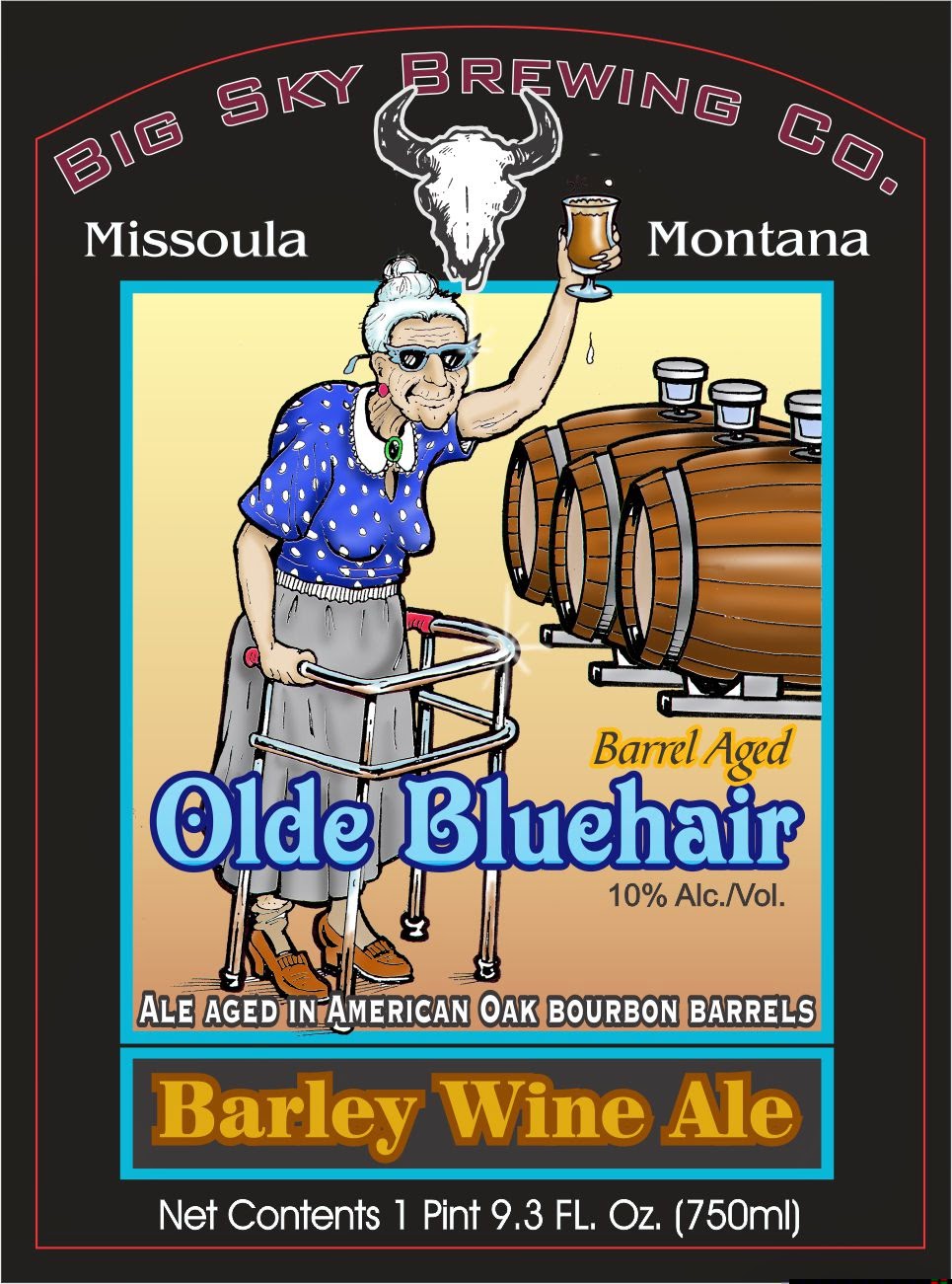ABV: 6.2%
IBU: 25
Serving Temp: 35
Carbonation: 2.5
Grade: B
This is the first time I've actually rebrewed a recipe. I've spent so much time trying new recipes, styles, and techniques that I haven't taken the time to try to go back to my notes and try to correct my mistakes and improve on my previous beers. This one is definitely an improvement, but I think it could still use some tweaks before it becomes the beer I imagined when compiling the recipe.
So first off this beer is really hoppy. Obviously that's good, it's an IPA. The Cascade hops still don't jump out of the glass, but there's plenty of hop flavor. I didn't use a whole lot of dry hops (I ended up using 1 oz Cascade and 1 oz Simcoe since that's what I had) for an IPA, but I thought all the late fresh hops would be enough to get some good aroma. It really illustrates how important dry hopping is to the modern IPA's aroma.
Though the temp dropped at the end of fermentation, I didn't have problems with underattenuation like I did in the last batch. That confirms my suspicion that the poor crush and mash out were part of the problem. However there is a touch of diacetyl. I've tasted a few commercial lagers with bad diacetyl lately so maybe I'm more sensitive to it at the moment, but I do find it a flaw. As the beer sat in the keg it seems like the yeast may have cleared it up a bit, allowing the malt character to come through. I think I'm on to something with the victory malt next to something darker. The dark crystal came through as more sweet and less burnt, despite the lower FG, which may be a result of the diacetyl, or it may be that the Crystal 120L isn't the malt I'm looking for.
Overall I would say this beer was a big step in the right direction. While the fermentation temperatures were again a problem, eliminating the mash out improved attenuation and let the hops shine through. I might consider swapping the crystal 120L for the 135L, or I might try an amber or brown malt, I'm not sure. Next time I really want to use the Cascade-Centennial-Columbus dry hop I originally planned on; I think the lemony and piney notes in the aroma will complement the bright fresh flavor of the wet cascades better than the Simcoe. I won't get back to this recipe until next year since it's built to showcase the wet Cascasde hops, but the malt character is unique for an IPA and a good pairing, so I'll definitely revisit it when the time comes.
Thanks again to Oxbow Farm for the hops!
This is the first time I've actually rebrewed a recipe. I've spent so much time trying new recipes, styles, and techniques that I haven't taken the time to try to go back to my notes and try to correct my mistakes and improve on my previous beers. This one is definitely an improvement, but I think it could still use some tweaks before it becomes the beer I imagined when compiling the recipe.
So first off this beer is really hoppy. Obviously that's good, it's an IPA. The Cascade hops still don't jump out of the glass, but there's plenty of hop flavor. I didn't use a whole lot of dry hops (I ended up using 1 oz Cascade and 1 oz Simcoe since that's what I had) for an IPA, but I thought all the late fresh hops would be enough to get some good aroma. It really illustrates how important dry hopping is to the modern IPA's aroma.
Though the temp dropped at the end of fermentation, I didn't have problems with underattenuation like I did in the last batch. That confirms my suspicion that the poor crush and mash out were part of the problem. However there is a touch of diacetyl. I've tasted a few commercial lagers with bad diacetyl lately so maybe I'm more sensitive to it at the moment, but I do find it a flaw. As the beer sat in the keg it seems like the yeast may have cleared it up a bit, allowing the malt character to come through. I think I'm on to something with the victory malt next to something darker. The dark crystal came through as more sweet and less burnt, despite the lower FG, which may be a result of the diacetyl, or it may be that the Crystal 120L isn't the malt I'm looking for.
Overall I would say this beer was a big step in the right direction. While the fermentation temperatures were again a problem, eliminating the mash out improved attenuation and let the hops shine through. I might consider swapping the crystal 120L for the 135L, or I might try an amber or brown malt, I'm not sure. Next time I really want to use the Cascade-Centennial-Columbus dry hop I originally planned on; I think the lemony and piney notes in the aroma will complement the bright fresh flavor of the wet cascades better than the Simcoe. I won't get back to this recipe until next year since it's built to showcase the wet Cascasde hops, but the malt character is unique for an IPA and a good pairing, so I'll definitely revisit it when the time comes.
Thanks again to Oxbow Farm for the hops!













